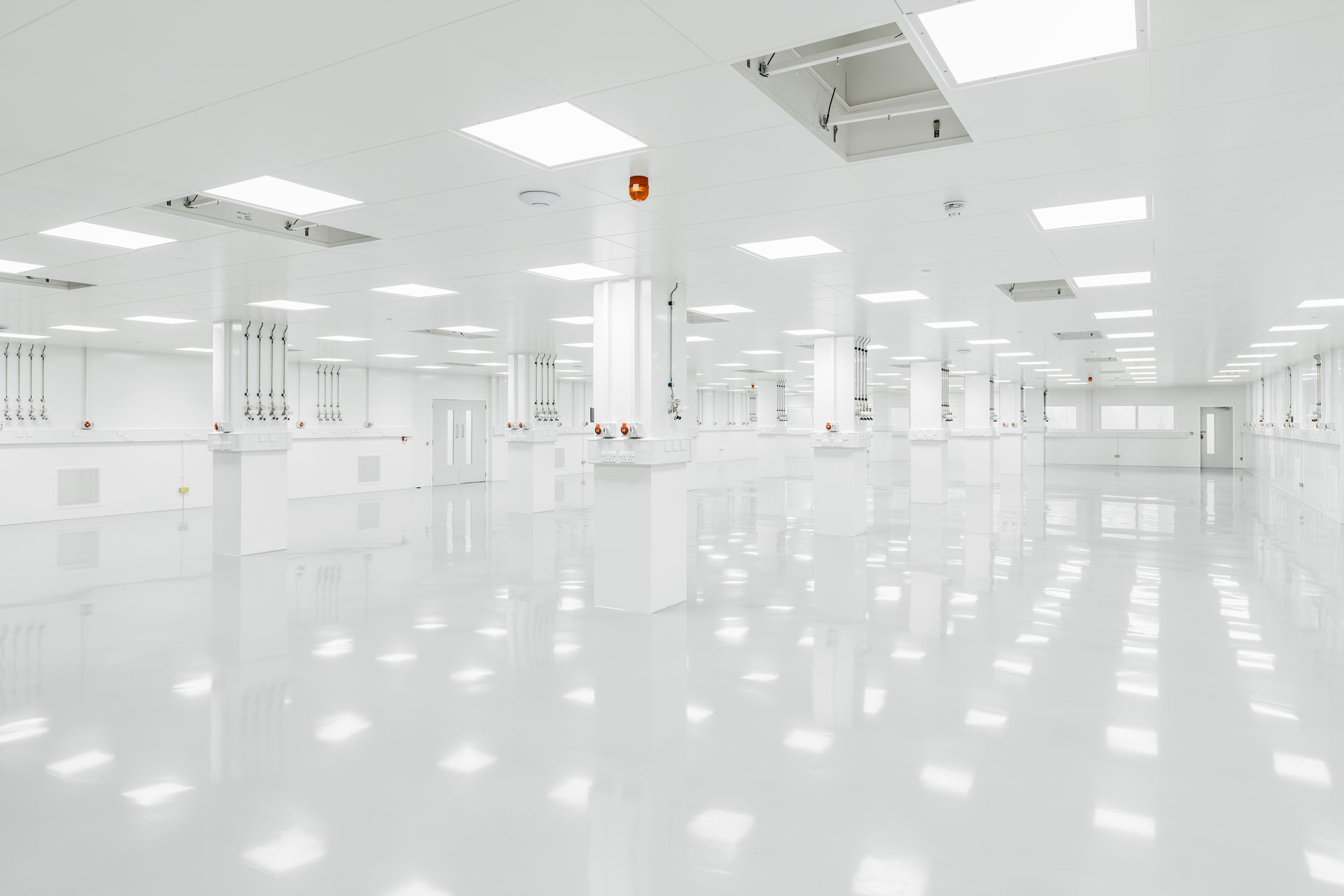Coming home to the office
Chris Lunn • October 22, 2018
What is known as “resimercial” office design is a growing trend in the planning and furnishing of the workplace.
As the term implies, the concept is to blend characteristic features of residential and commercial environments to create a comfortable and relaxed working environment. There is also frequently the additional focus on bringing a café style atmosphere into the interior design features.
Articles in Retrofit Magazine and Work Design Magazine describe the perceived benefits of incorporating features of the home and hospitality venues within commercial interior design. The Work Design Magazine contributor opens his article by saying that “First there was working in the company office. Then there was working in your home office. Then there was Starbucks and the rise of the “third space”. Now the three are merging in the growing trend of “resimercial” design.”
Designing for the future
Glenside has been aware of the trend towards more relaxed, informal and collaborative interior designs for business premises from its inception. We have also created a number of innovative office design
and fit-out projects that are based on these new styles and values.
We would not however use the term “resimercial” because it carries the implication of a voguish fad that will be forgotten when the next commercial design concept comes along. By contrast, we feel that this is a lasting and welcome design trend, giving office staff and management the feeling of connection with their leisure lifestyle when they go to work.
Creating collaboration and wellbeing
The perceived benefits of this trend arise from the increased flexibility that has developed in when and where work is conducted, with today’s technology enabling many employees to no longer be tied to workstations from 9am to 5pm. Creating office designs that reflect the different aspects of the diverse and extended working day has been found to enhance collaboration, motivation, health and wellbeing.
The needs of every business and its workforce are different, as are the requirements for reflecting the corporate branding and ethos into the interior design features. While a company may wish to get away from a sterile environment where people either work in isolation or are crowded into noisy featureless open plan areas, only a few would feel comfortable with an office interior designed like a seaside resort with dodgem cars as workstations. What is obviously right and brilliantly imaginative for Google in London would not suit every business.
Deciding on parameters
Glenside has a range of projects that show how elements of the home and hospitality environments can be brought into office design. These have been delivered in close consultation with the client and after careful feasibility studies and planning.
Two recent assignments that particularly reflect what has become known as the resimercial trend would be:
- An extensive office refurbishment
for an organic food company in London, which included the construction of a mezzanine floor with meeting facilities adjacent to a fabulous kitchen for product demonstrations
- A fascinating office fit-out and refurbishment project in a rural barn conversion for a specialist horse racing business in Berkshire with a priority being that staff would look forward to coming to work and feel at home in their company’s superb premises
So, while Glenside does not use the term “resimercial” for any commercial design, fit-out and refurbishment projects we undertake, we are well versed in the concepts behind it and highly skilled in putting them into practice.
View more insights: Office Design I Industrial Property I Laboratories I Wellbeing & Productivity I Company Updates
Join Our Mailing List
Thank you for contacting us.
We will get back to you as soon as possible.
We will get back to you as soon as possible.
Oops, there was an error sending your message.
Please try again later.
Please try again later.
All data is handled inline with our Privacy Policy and you may unsubscribe at any time.
Our showroom.
16 Commercial Road, Reading, Berkshire, RG2 0QJ
Quick links.
Glenside Commercial Interiors is a trading name of Glenside Commercial Interior Projects Ltd registered in England with Registration Number 14000423. VAT No. 408 5792 72
© 2025
All Rights Reserved



